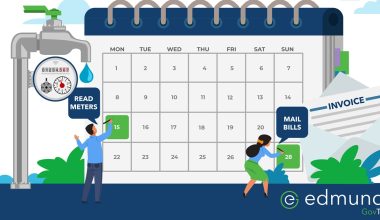I’m in the midst of assisting several customers with the migration to an automated meter reading system. All of these customers are moving to AMI systems and, in so doing, are changing out all of their meters.
One topic that seems to come up with every meter replacement project, whether it’s done by outside contractors or the utility’s own staff, is how to manage the process so it doesn’t interfere with billing.
I’ve written about this previously as part of a post about several things to consider when transitioning to an automated meter reading system. However, it’s an important enough topic to dedicate an entire issue to it.
When to start
The ideal time to start changing meters in a route is as soon as that route has been read and any re-reads have been completed. The goal is to have the entire route (or as many meters as possible) changed out before it’s time to read the route for the next billing period.
If all the meters in a route haven’t been replaced before reading again, this means having to read parts of the route two ways – the replaced meters with the new technology and the existing meters with the old process. From an operational efficiency perspective, this is clearly not an efficient use of your meter readers’ time.
Move new meters to a new route
Even if you expect to replace all the meters in a route before reading that route again, I still recommend moving the meters to a new route as they are replaced. For example, if you have routes 1 through 20, consider adding 100 to the route number as the meters are replaced. This way, you can always tell meters in route 120 were originally in route 20.
By doing so, it’s as simple as running a report of the original route number to determine which meters still need to be changed out. And, if you do have to read the route using both old and new technology, the meters are easily identified for each reading process.
Once all of your meters have been replaced, you can change the route numbers back to the original route numbers.


